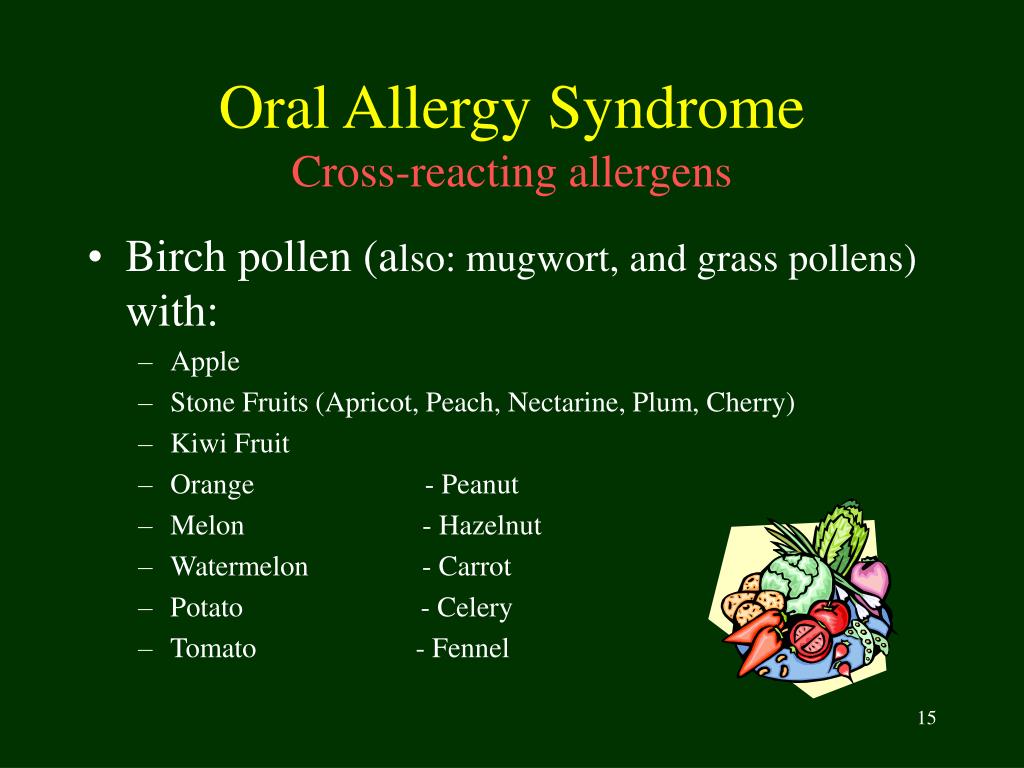
Grass pollen affects around 90% of allergic rhinitis sufferers, so it is vital to check the pollen count regularly so you are informed and can take precautionary measures accordingly. This is the month that grass pollen takes over from tree pollen as the prime allergen. Take a shower or have a bath before you go to sleep, to avoid the transference of pollen onto your bedding. Within the home, dust mites, mould and pets continue to trigger allergies. There’s a lot around that can trigger hayfever in June. Pollen is at its peak for Dock, Nettle and Lime Trees this month. Generally, when tempuratures are high and rainfall is low, pollen production is high. This is the month that brings with it the year’s first peak of grass pollen, which is usually in the first two weeks of June, but the timing can depend on the weather. Minimise pollen levels in the home by keeping plants outside, and picking low- allergen plants such as honeysuckle, lavender and foxgloves. The usual suspects are still triggers indoors – dust mites, mould and pets. Pine and Oil Seed Rape tree pollen also peaks this month. Generally speaking, urban areas tend to have lower pollen counts than places in the countryside and inland areas tend to have higher pollen counts compared to on the coast. This will depend on your location – it starts later and doesn’t last as long in the north, compared to the south of Britain. While the first few months of the year are when tree pollen season starts, now is typically the beginning of grass pollen season, so hayfever in May is very common.
Pollen allergy cross reactivity chart windows#
Tip to try:Įarly morning and early evening are peak pollen times during the day, so try to keep windows and doors closed to avoid it entering and travelling through the house. Indoors, dust mites, mould and pets are the main triggers. Flowers are blooming too, bringing their pollen into the mix.
Pollen allergy cross reactivity chart full#
Tree pollen season is in full swing, with Birch, Plane, Ash and Oak at their peak in terms of pollen release. We’re slap bang in the middle of springtime this month, which brings with it a bonanza of pollen, making hayfever in April very common. Get into the habit of checking the pollen count on a daily basis, so that you’re always prepared. Many varieties of flowers also start to bloom around now, which means more pollen.ĭust mites, mould and pets continue to be triggers indoors. The peak time for tree pollen from Willow, Elm, Birch, Poplar and Alder are during this month. Hayfever in March is to be expected – after all, it’s the month that brings spring. With poor weather, most people will be spending the majority of their time indoors, where dust mites, mould and pets can trigger allergies. The end of February is peak season for pollen released by Hazel trees. Along with Hazel and Alder that begin releasing pollen in January, the pollen season for Willow and Elm trees starts in February. About 25% of people with hayfever in the UK are allergic to tree pollen, which is seasonal. The weather may not have warmed up very much at this time of year, but hayfever in February isn’t entirely uncommon. When you’re packing away the Christmas decorations at the start of the month, store them in sealed containers to avoid them becoming dusty – your December self will thank you! FEBRUARY From mid-late January, tree pollen season begins for Hazel, Alder and Yew.Īt this time of year, the key triggers for allergies are dust mites, mould and pets, rather than pollen. However, this is when tree pollen season starts. The good news is that you’re unlikely to suffer from hayfever in January as there isn’t much tree pollen around, and no grass pollen.

Our handy calendar is here to guide you through the year, so you know what to expect, and when. Did you know that there are over 150 different allergens out there? The good news is that they’re not around all of the time.


 0 kommentar(er)
0 kommentar(er)
